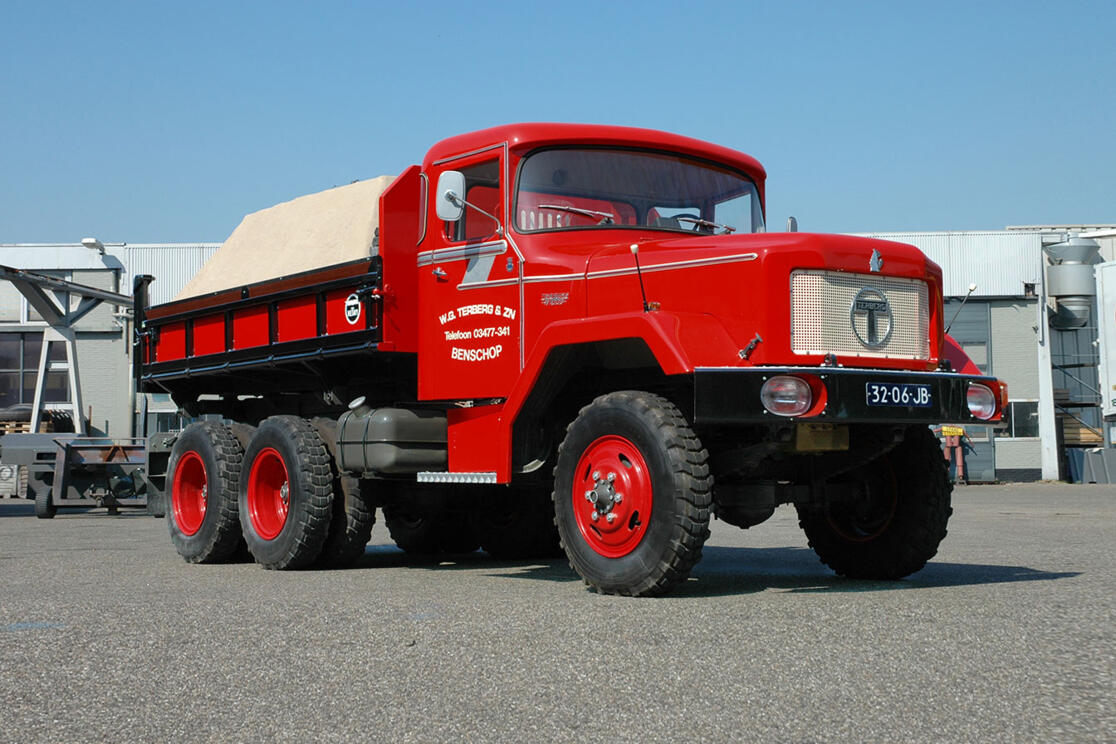The first decades
In 1869, Johannes Bernardus Terberg founded a village blacksmith shop in the Dutch town of Benschop in the province of Utrecht, population 2000, the place where the main Terberg factory still is located today. In 1915, his son Willem George Terberg took over the business and devoted himself to selling and repairing bicycles as was customary for a village blacksmith in those days. The company also continued to service the most important means of transportation at the time, the horse-drawn carriage. The shop also was engaged in the production and repair of household appliances and agricultural machinery. Willem's sons Govert and Ferdinand followed in their father’s footsteps and learned the blacksmithing trade, while Theo became a car mechanic.
During the difficult times of the 1930s, the Terbergs established a Ford sales business. After World War II, the family entered the commercial vehicle business. In order to rebuild the Netherlands after years of destruction, old military vehicles were repurposed for civilian use. The Terberg company converted decommissioned U.S. Army vehicles for civilian use. In 1945, the brothers bought 20 Willys Jeeps, which they modified and then sold to farmers for agricultural work. Success was not lacking, and as orders increased, they established a branch in IJsselstein, four kilometers away, in 1948.
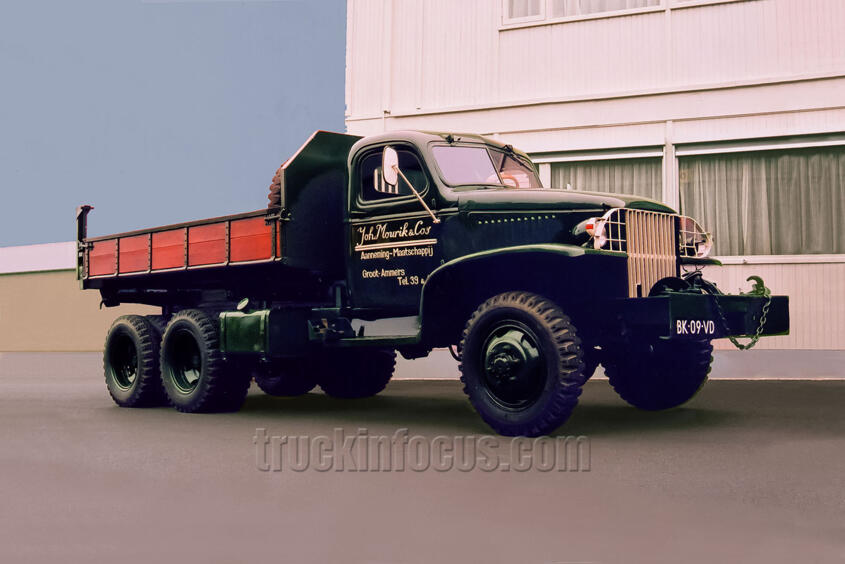
Experience with the Jeeps led to the purchase of a number of GMC troop carriers with the model designation CCKW, called ‘Jimmy’, which the U.S. armed forces had taken out of service. These trucks went primarily to road construction companies. Equipped with their 6x6 drive and new dump bodies, they were perfect for moving sand or gravel of up to four and five tons. However, civilian operators used them to transport heavier loads than the axles could carry. As a result, broken axles and cracked undercarriages were constantly occurring. To remedy the problem, the Terberg brothers modified the chassis and installed stronger swing axles, each capable of carrying seven tons. A little later, they replaced the gas guzzling engines with more economical and powerful diesel units from Perkins or with liquefied gas engines. They also began shortening, lengthening or widening discarded GMC chassis to make them useful for various civilian purposes. This was the beginning of ‘’Terberg Techniek’’ and ‘’Terberg Specials’’, the subsidiaries that converted all kinds of commercial vehicles in the following decades. From 1958, the IJsselstein plant also housed a Volkswagen dealership. Later, this was moved to Utrecht and they switched from VW to Opel.
Meanwhile, business was booming in Benschop, as the need for heavy vehicles for the construction industry became greater during the reconstruction of the Netherlands. In the 1950s, Terberg's oil-bath swing axles became so popular that other dealers of former military vehicles, such as Van Gorp in Rotterdam and Van Mill in Gorinchem, also knocked on Terberg's door to source parts. By 1964, the workforce in Benschop consisted of about 50 employees. The main work still involved converting military trucks for civilian use. The REO M35 and the Diamond-T M52 gradually replaced the GMC. With a gross vehicle weight rating of up to 21 tons, they offered significantly more cargo capacity than the lighter ‘Jimmy’. Initially, the Diamond-T M 52’s were equipped with a Mercedes OM 326 Diesel engine with 180 hp, but soon the more powerful and reliable OM 346 was installed. These trucks also had reinforced axles, revised chassis and steering gears. Terberg also overhauled the transmissions and the transfer cases. About a hundred of these rebuilt trucks left the factory each year.
The first real one
In 1966, the first Terberg design received its vehicle type approval. This truck with the 6x6 drive formula was designated SF 1200 and had a payload of 12 tons. The rounded cab came from Daimler-Benz and corresponded to that of the heavy Mercedes conventional truck. It was equipped with the 210 bhp OM 346 six-cylinder diesel engine. The chassis was Terberg's own design, but the axles, transmission, transfer case and other parts were from the military vehicle era. However, these were no longer used parts, but new parts sourced from the US Army. Ten of these vehicles, proudly bearing the Terberg name and the bear logo on the front, left the Benschop factory in 1966, which is therefore considered the birth year of the Terberg Automobielfabriek.
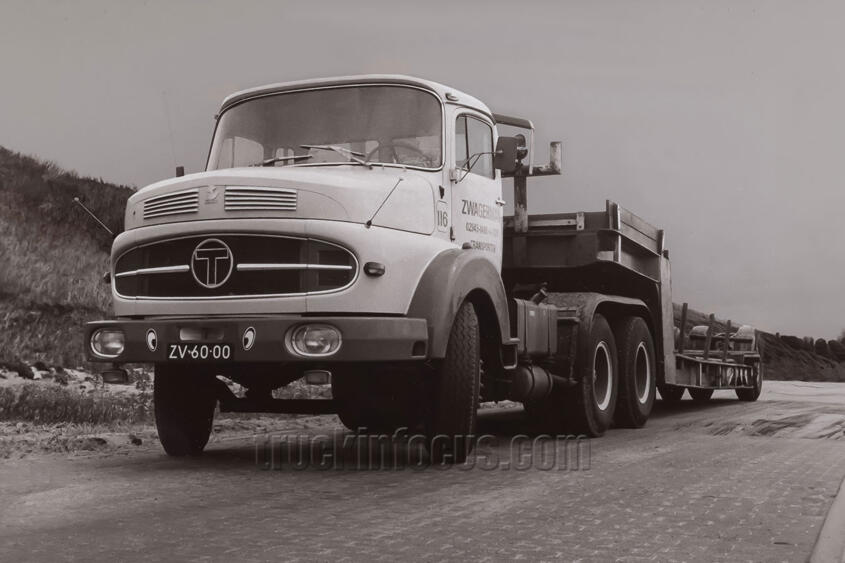
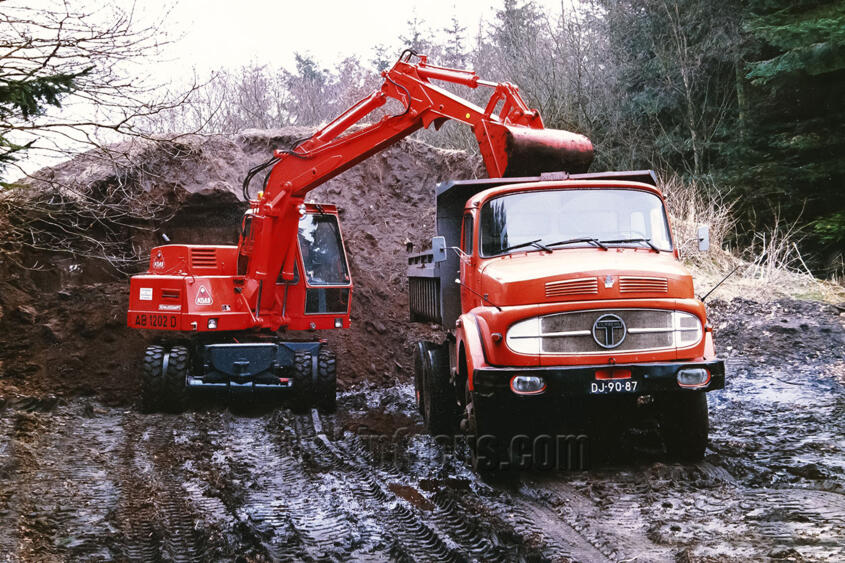
In the first half of 1967, a second model was introduced, the N 800, a truck based on an American REO with a 6x6 drive formula and a payload of 8.2 tons. Terberg provided it with a cab manufactured by Carrosseriefabriek Van Eck in Lexmond. Although the hood of the N 800 bore a striking resemblance to that of the REO. It was designed and manufactured by Terberg. The only parts left from the army vehicles were the Timken differential, Ross steering box, and Wisconsin transfer case. Under the hood was a new DAF DD 575 diesel engine with six cylinders and 5.76 liters of displacement. The unit produced 120 hp and was paired with a fully synchronized 5-speed transmission from Spicer. The axle housings were supplied by Kirkstal in England, and the axle drives were from Terberg. The N 800 could be ordered in a 239 cm wide version, but also in a narrow 220 cm version for use on so-called B roads. Both the N 800 and the heavier SF 1200 were equipped with Netam three-way dump bodies or Edbro rear dump bodies as standard.
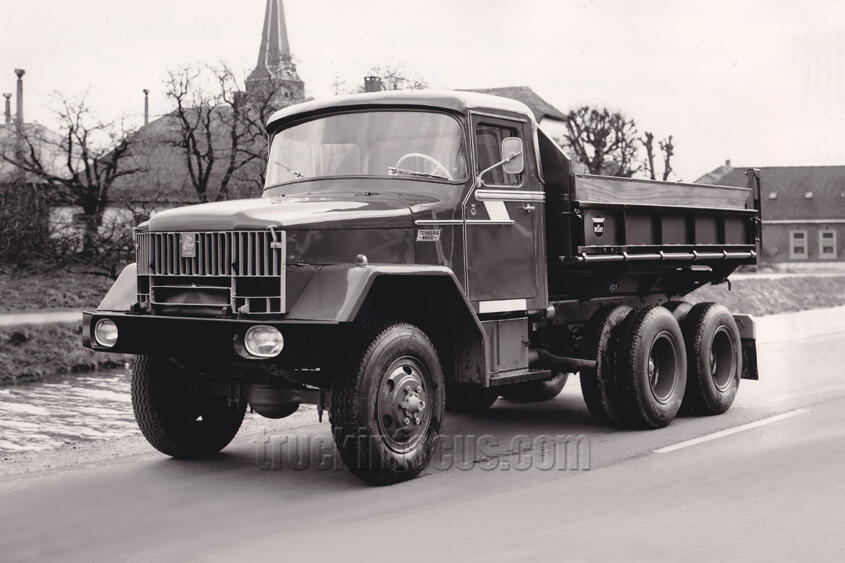
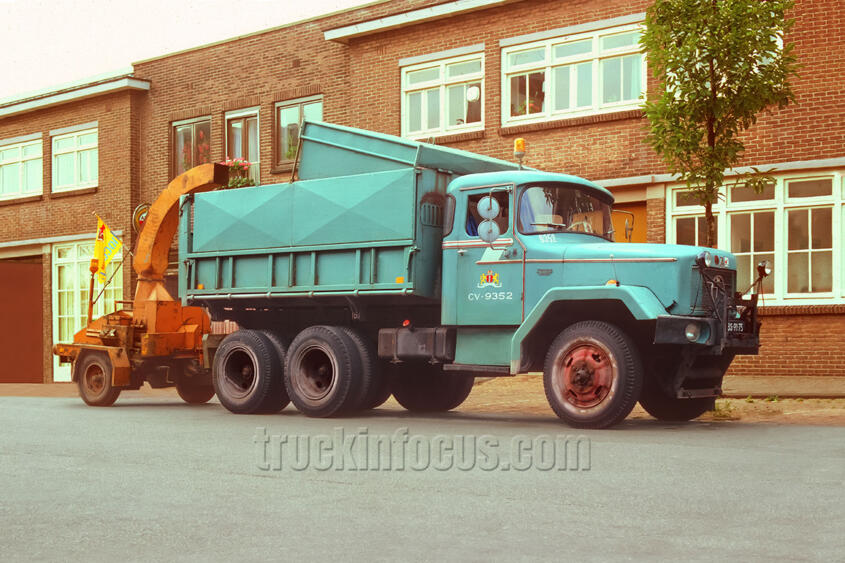
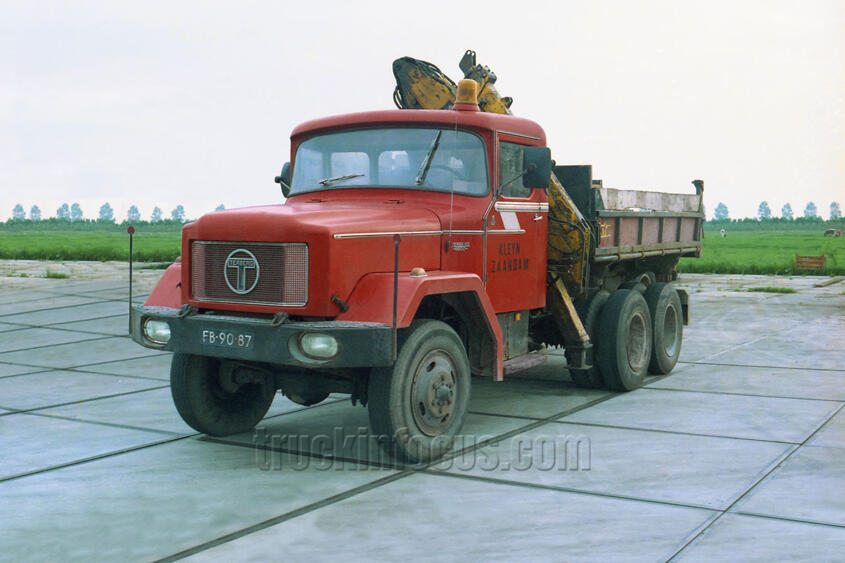
After two decades of using army surplus equipment, Dutch sand and gravel haulers were lining up to buy the new Terberg products. In 1968, no less than 230 dump trucks were produced in Benschop, 60 percent of type N 800, the rest type SF 1200.
At the RAI commercial vehicle show of 1970 in Amsterdam, Terberg presented an interesting new 6x4 tipper chassis called SF 1400. There was a short version with a 3.70 meter wheelbase, and a long version of 4.37 meters. With a gross vehicle weight of 23 tons for both versions, the gross payload was 15.9 and 15.68 tons respectively. As with the SF 1200, the OM 346 diesel engine came from Daimler-Benz. The most striking part of the truck, however, was the all-new cab. Terberg had commissioned it from the German company Wackenhut in Nagold. However, only two examples with this characteristic cab were built. The quality was good, but Terberg decided it was too expensive for use on construction trucks.
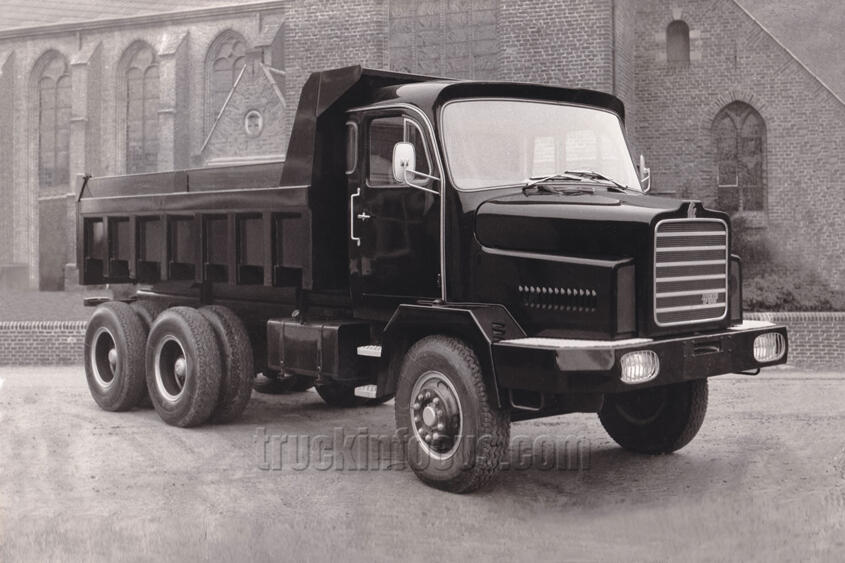
In 1972 and in 1974, two new models were introduced, the N 1000 and the SF 1300, both equipped with a front axle developed by Terberg itself with a load capacity of 8 tons. Payloads increased to 10 and 13 tons. Five-speed transmissions from Fuller, and optionally from Spicer or ZF, were installed. The N 1000 received a new polyester hood from Van Eck. The SF 1400 with 6x4 drive was offered with a cab and hood from Mercedes for use as a dump truck, cement mixer, or tractor. As a rigid truck, it had a payload of 14 tons, while the tractor could handle a turntable load of 15 tons. It was powered by an OM 355 diesel engine with 230 hp from Daimler-Benz and had a Fuller RTO transmission with 15 gears.
